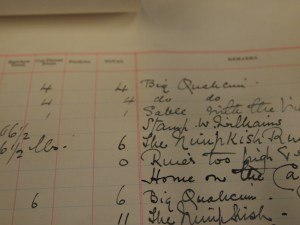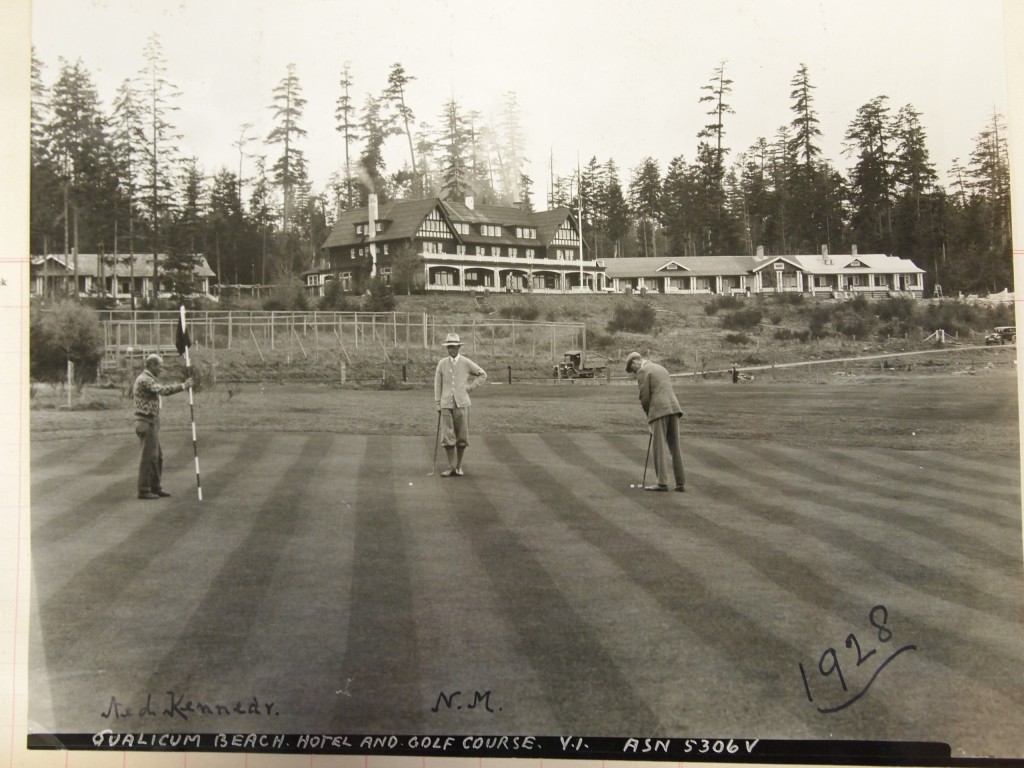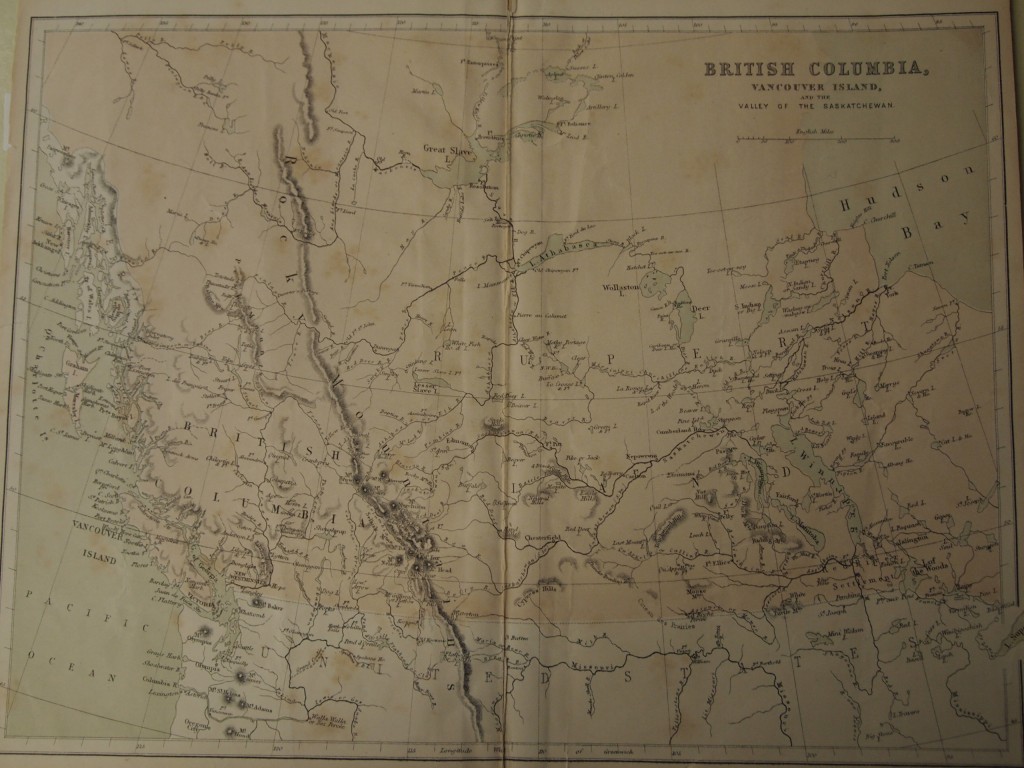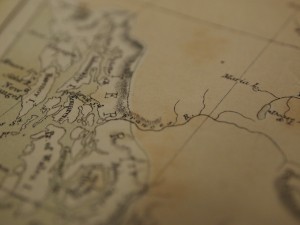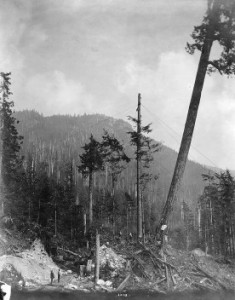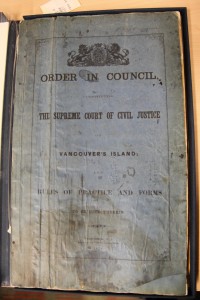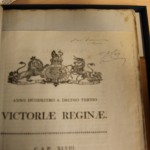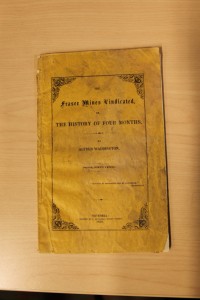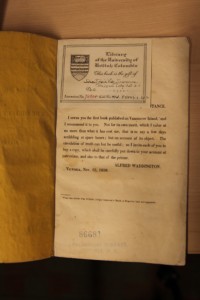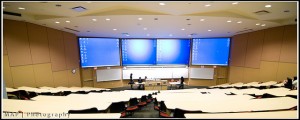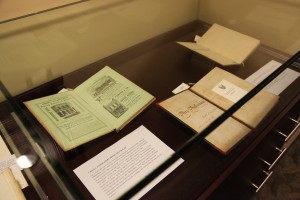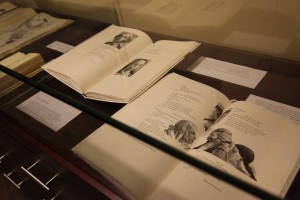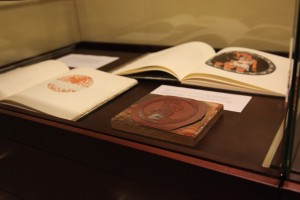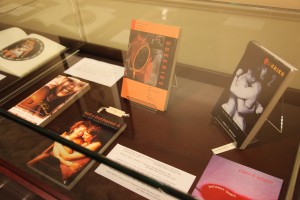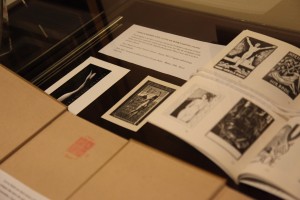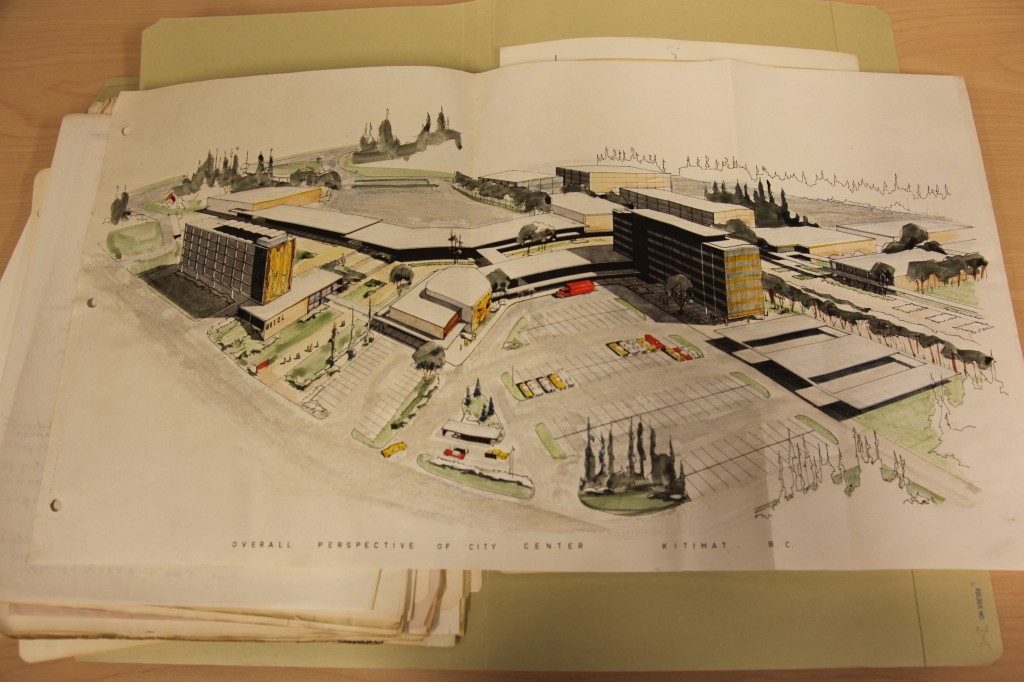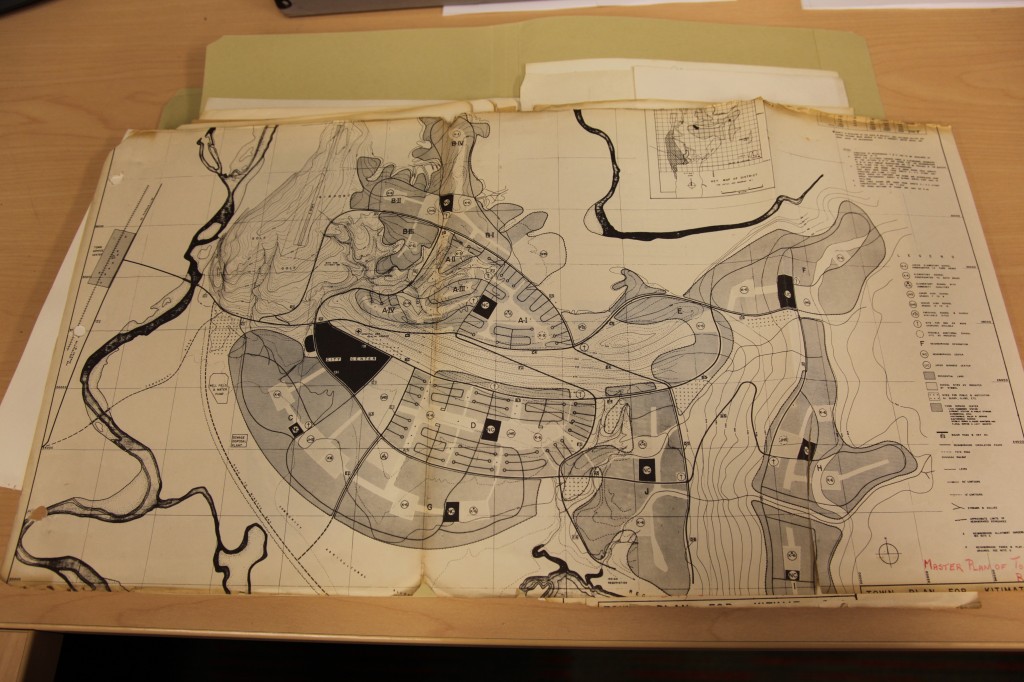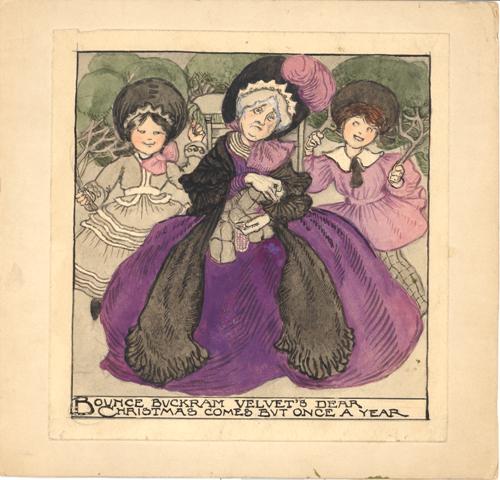Our next featured B.C. place based on the room names in the Irving K. Barber Learning Centre is Qualicum Beach, sometimes called Qualicum for short. Qualicum Beach is located outside of Nanaimo, on Vancouver Island. The town’s primary industry is tourism, and is also a popular retirement town. As of the 2011 census, it had a population of just over 8,600.
The resource we are featuring is the Noel Money fonds, an archival collection of three scrapbooks belonging to Noel Money who was the proprietor of the Qualicum Beach Hotel in ca. late 1910’s-40’s. Prior to arriving in B.C., Money served in the Boer War and the First World War. While living in the Qualicum area, Money pursued his hobbies of fishing and hunting, which is primarily what the scrapbooks document- in fact, the books are made of pre-printed pages designed for logging the number of fish, birds and deer hunted or caught day by day (this collection is not for the faint of heart- the logs show that Money was a very successful hunter and fisherman!)
Interspersed with the hunting and fishing logs are photographs from his wilderness trips, often documenting visitors and special occasions.
For those more interested in the operation of the Qualicum Beach Hotel, there are inserted in the books some photographs and pieces of ephemera related to the hotel, such as this photograph of the hotel’s golf course:
The Noel Money scrapbooks can be requested for use in Rare Books and Special Collections- the catalogue record is here.
In the Barber Centre, the Qualicum Reading Room is room 305, the large, open study space at the top of the main stairs on the third floor, just outside the Chapman Learning Commons. This is a very popular space for studying and is also where the Chapman Learning Commons-AMS tutoring takes place.
